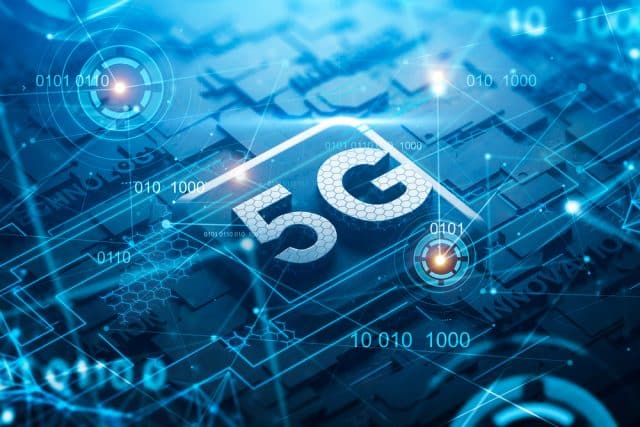Greater cloud adoption, better security and connected cars -- 5G predictions for 2023

The importance of 5G for internet infrastructure is widely recognized, but the effects of the pandemic have seen its rollout slow somewhat.
According to IDTechEx, as of September this year, 98 nations have commercialized 5G or are conducting 5G trials, compared to 79 at the end of 2021.
The IDTechEx team also predict consumer mobile services will produce US$850 billion in revenue by the end of 2033, while 5G macro infrastructure sectors will increase eightfold over 2023. But what other effects will 5G have next year?
Sean Mahoney, vice president at Ensono Digital expects technologies, including 5G, will boost cloud adoption. "Cloud-native technologies such as containers and serverless models have become more popular across the public cloud in recent years, allowing for faster application development and deployment at scale. For enterprises looking to innovate quickly or overhaul their cloud infrastructure without major costs in 2023, cloud-native application development might be the answer to their modernization goals. New developments in edge computing and 5G are expected to further boost cloud-native adoption and innovation in the industry in the coming year, providing a bigger opportunity for organizations to quickly scale up their data in the cloud and gain access to new capabilities with their software."
Chris Dobrec, VP of product and industry solutions at Armis thinks users of private 5G will need better security strategies. "Early adopters in industries including manufacturing, public safety, and supply chain management -- are starting to deploy 5G to support use cases such as smart factories and greater use of IoT sensors due to expanded coverage, increased capacity, and low latency. While private 5G is unlikely to replace Wi-Fi in the near term, it can enable real-time use cases, especially for IoT and edge computing use cases. Unlike a public 5G network, private networks offer more control, making way for faster response to security and coverage quality issues. The path to getting a fully integrated production-grade system that meets these and other use cases can be massive. Some vendors have started to offer private 5G as a managed service, including access points, sim cards, overall system integration and management."
Samit Banerjee, division president cloud operations services and head of customer service unit at Amdocs:
The rollout of 5G networks will realign the mechanism and functioning of business networks. 5G will unleash low latency, greater capacity, and higher bandwidth, which will be a catalyst for cloud computing. It will inevitably allow easier access to the cloud for IoT systems and devices. This connectivity will facilitate greater automation and digitization of business processes.
The deployment of the next generation of networks will speed up business adoption of the cloud. This rapid adoption in this dynamic environment can give rise to many security threats to data privacy and confidentiality. Organizations must upskill constantly and re-skill employees on cloud services to tackle this. Further, businesses will need to ensure the safety and integrity of their data, and to that extent, current checks in place will have to be upgraded. Hence, in the coming times, industries must adapt to secure and sustainable cloud practices for long-term growth and success.
Bertrand Boisseau of Canonical expects to see 5G being installed in cars. "Vehicles will continue to gain connectivity features and services with over-the-air (OTA) updates. As 5G deploys, cars will see 5G modems included, with some leveraging the mmWave technology. mmWave allows for faster speeds and more bandwidth, which could be used for V2X use cases. With more connectivity, vehicles will continue to become an extension of our homes. Video conference calls will be more present as well as other key applications. Regarding infotainment, we'll probably see more augmented reality (AR) and virtual reality (VR) applications included in the user experience whether it's for the driver or the occupants."
Image credit: denisismagilov/depositphotos.com
